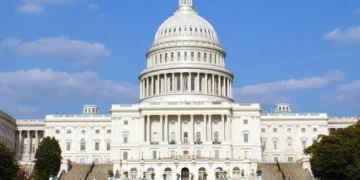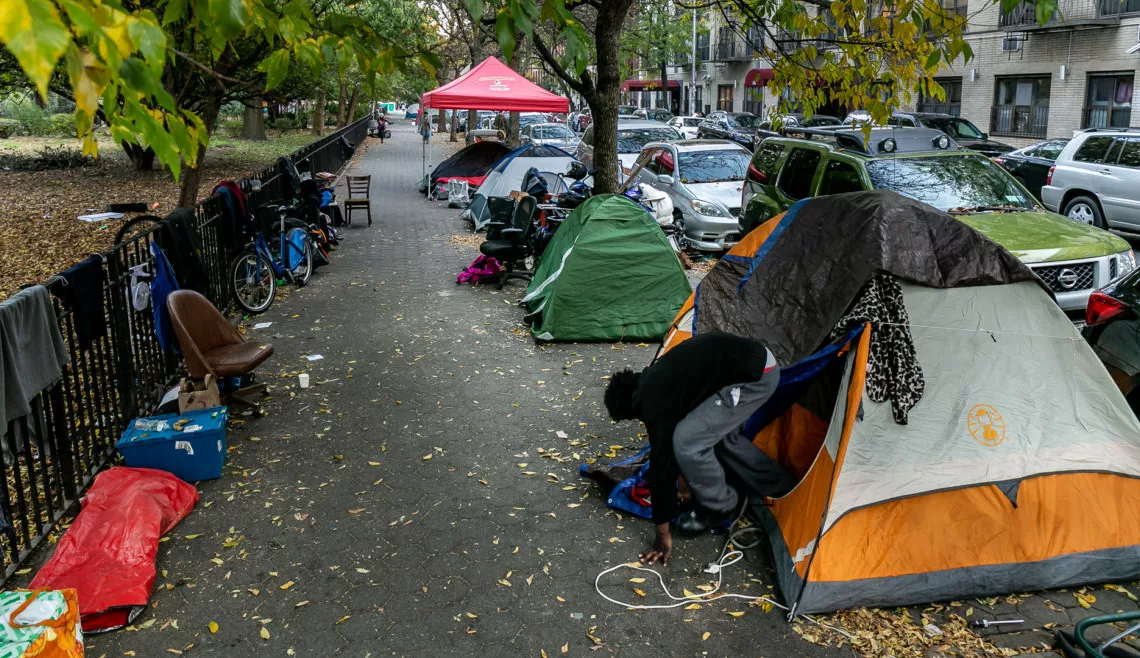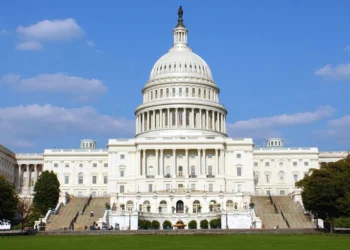In recent years, the issue of homelessness has become a pressing concern in many cities across the United States. One contentious question arises: Should homeless individuals, that have refused available shelter or housing, be allowed to sleep or encamp on public property? In this blog post, we will delve deeper into the negative consequences of permitting homeless encampments on public property, emphasizing the need for stricter regulations and a more proactive approach in addressing the root causes of homelessness.
The Legal Landscape
The Criminalization of Homeless Encampments
One of the key reasons why homeless individuals should not be allowed to sleep or encamp on public property is the existing legal framework. Many cities have enacted laws making it a criminal offense, and for good reason. Homeless encampments can lead to a range of public safety issues, from unsanitary conditions to increased crime rates.
According to a report by the National Law Center on Homelessness and Poverty, such laws are essential to maintaining order and ensuring the well-being of both the homeless population and the community at large. Enforcing these laws is crucial in preventing the deterioration of public spaces into unsafe environments.
Moreover, legal measures act as a deterrent, encouraging homeless individuals to seek assistance through available social programs rather than resorting to makeshift living arrangements. The criminalization of encampments serves as a way to push for more responsible use of taxpayer dollars.
Social Programs and Taxpayer Dollars
It is imperative to consider the availability of social programs designed to assist the homeless population. Refusing available shelter or housing while simultaneously setting up encampments raises questions about the responsible use of taxpayer dollars. Homeless individuals should be encouraged, if not compelled, to take advantage of these programs rather than resorting to makeshift living arrangements.
Homelessness is a multifaceted issue, often involving a complex interplay of economic, social, and mental health factors. By ensuring that social programs are actively utilized, we not only address the immediate needs of the homeless but also contribute to breaking the cycle of homelessness.
The Consequences of Lax Policies
The Case of Western States
Western states like Washington, Oregon, and California have gained notoriety for their lenient policies regarding homeless encampments on public property. In the past decade, the consequences of these lax regulations have become increasingly apparent, manifesting in skyrocketing homelessness rates, crime, and a decline in mental health among the homeless population.
Seattle, WA: A Looming Crisis
Seattle, Washington, stands out as an alarming example. The city’s permissive approach towards homeless encampments has resulted in the proliferation of transient populations, rampant drug use, and a surge in crime rates. A study conducted by the University of Washington revealed a direct correlation between the growth of encampments and an increase in criminal activities.
The study indicates that areas with a higher concentration of homeless encampments experience a rise in property crimes and violent offenses. This underscores the importance of enforcing laws against encampments to maintain public safety and protect both the homeless and the general population.
Portland, OR: Enabling the Crisis
Portland, Oregon, shares a similar narrative. Despite its reputation as a progressive city, the failure to address homelessness effectively has led to a crisis. Encampments in parks and public spaces have become common, contributing to an atmosphere of disorder and insecurity.
Data from the Portland Police Bureau highlights the increase in criminal incidents in areas with high concentrations of homeless encampments. This data reinforces the argument that allowing encampments on public property has tangible negative consequences on the safety and well-being of the community.
Addressing the Root Causes
The Role of Mental Health
To truly tackle the issue of homelessness, it is essential to delve into the root causes. Mental health plays a significant role in the perpetuation of homelessness, and addressing this aspect should be a priority. Allocating resources to mental health services, treatment programs, and outreach initiatives is crucial in providing long-term solutions.
In light of this, it is disheartening to see the western states neglecting the mental health dimension of homelessness. By turning a blind eye to the deteriorating mental health of the homeless population, these regions are exacerbating the crisis.
Mental Health Initiatives
Investing in mental health initiatives is a critical step in breaking the cycle of homelessness. Research from the Substance Abuse and Mental Health Services Administration (SAMHSA) emphasizes the importance of tailored mental health services for homeless individuals. Integrating mental health support into homeless shelters and outreach programs can address the underlying issues that contribute to homelessness.
Final Thoughts
In conclusion, the question of whether homeless individuals should be allowed to sleep or encamp on public property requires a nuanced examination of the legal, social, and economic implications. The negative consequences, as exemplified by the experiences of cities in western states, strongly suggest that stricter regulations are necessary.
Encouraging the utilization of available social programs, enforcing laws against encampments, and addressing mental health issues should be at the forefront of our approach to homelessness. It’s time to reevaluate our priorities, ensuring the well-being of both the homeless and the wider community.
For further insights into your political stance on social issues, consider exploring How to Determine Your Political Ideology.















































